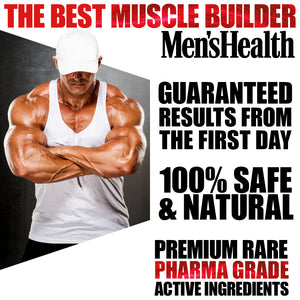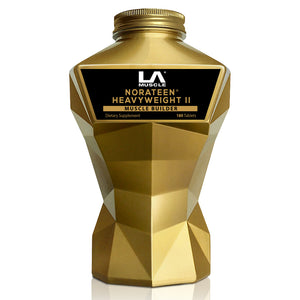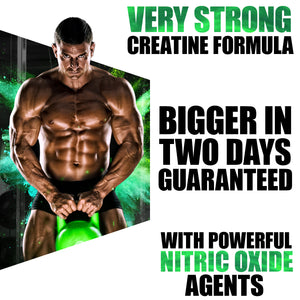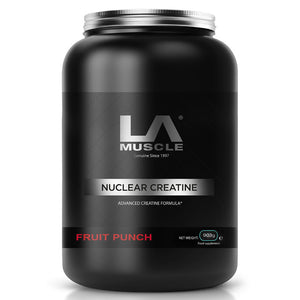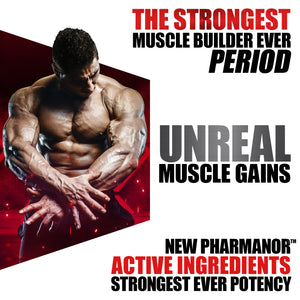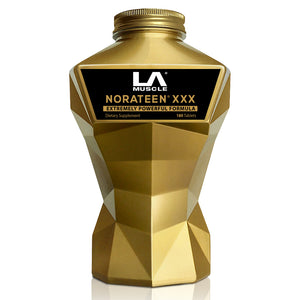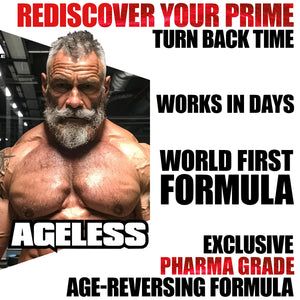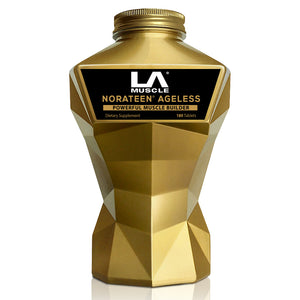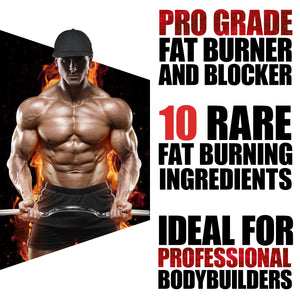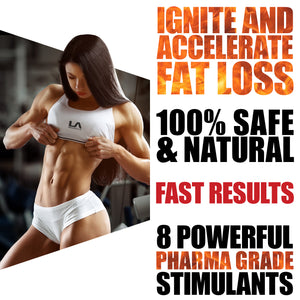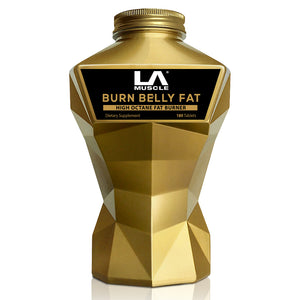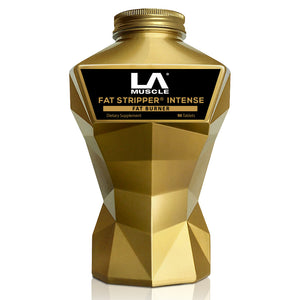
Research has examined how muscle affects the two layers of bone throughout the lifespan and found distinct differences between men and women concerning muscle mass and bone health.
Various research studies have noted that the progressive loss of bone density and muscle mass is a natural consequence of ageing. Despite this, little research has been done looking at how muscle tissue affects the structure of bone in the inner and outer layers. In a study conducted by the Mayo Clinic, researchers studied skeletal muscle mass and bone density across the lifespan. The study found that men and women differ in how muscle affects the two layers of bones.
The research findings have been published in the Bone & Mineral Research Journal.
This study adds to the growing body of evidence supporting the highly integrated nature of skeletal muscle and bone, and it also provides new insights into potential biomarkers that reflect the health of the musculoskeletal system.
Researchers evaluated data from a long-term study of bone health at the Mayo Clinic, which involved 272 women and 317 men aged 20 to 97. Researchers used several high-resolution imaging technologies to differentiate the outer cortical layer of the bone from the inner trabecular layer to study the association between skeletal muscle mass (concerning participants' height) and bone architecture and strength.
The study results showed that muscle mass correlates with bone strength in specific areas in the human body. In the study, researchers found a vital link between muscle mass and cortical health at load-bearing sites such as the hip, lumbar spine, and the tibia of women. Additionally, the study found that muscle mass is related to the microarchitecture of trabecular bone in women's forearms after menopause. This area does not bear any load and is at higher fracture risk. The researchers discovered that the higher the concentration of the circulating protein, IGFBP-2, the lower the overall relative muscle mass.
The researchers found IGFBP-2, which has already been linked to osteoporotic fractures in men, is a negative biomarker of muscle mass in both sexes. This finding could potentially be used to determine people at a particular risk for falls and associated fractures."
The elderly needs to take care of their bodies, especially their muscles and bones. Weak muscles can result in accidents resulting in bone-breaking injuries that can prove fatal.
Building healthy muscles is possible even if you are over 50. Several dietary plans and supplements can help you maintain and build strong, lean muscles to support your bones. Norateen Heavyweight II is an effective muscle building supplement formulated with natural ingredients to help you gain muscle and get stronger.


